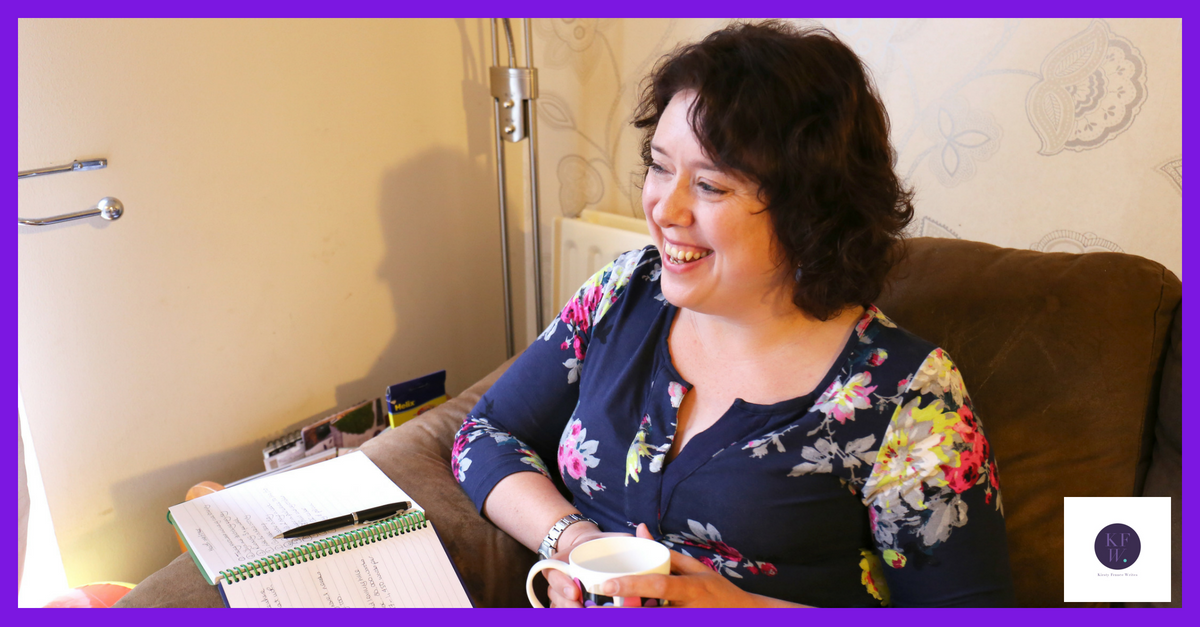 You’ve got your blog topics sorted and you’ve made a plan to give your post a great structure. (If you haven’t, read this and this.) Now, off you go. Sit down and write your first post. No? Sometimes the most difficult thing about writing a good blog post is knowing how to put your voice into words.
You’ve got your blog topics sorted and you’ve made a plan to give your post a great structure. (If you haven’t, read this and this.) Now, off you go. Sit down and write your first post. No? Sometimes the most difficult thing about writing a good blog post is knowing how to put your voice into words.
How do you do it? It all starts with your customer.
Know your customer
Writing a blog post is a bit like having a conversation, albeit one that’s a bit one sided. It’s really important to have a clear vision of who you’re talking to because it helps you to find your voice and use the right language. Imagine two different scenarios: one where you’re talking to your financial advisor about life insurance and another where you’re on a night out with your friends. How are you acting? The odds are that you’re being much more formal with your financial adviser than you are with your friends. Of course, I’m the exception to this rule. I went on my financial adviser’s hen do!
How do you need to present yourself to potential customers? Do you need to be professional or can you be a bit more informal?
Be yourself
I know, I said you needed to tailor your language to your customer. But you still need to express your personality. Talking to a professional audience doesn’t mean turning into a cardboard cut-out. Even solicitors crack a joke now and again. (I know, I used to be one.)
Quite often, the only unique thing about your business is you. A potential customer might choose to work with you simply because they like you more than your competition. That comes down to personality. It’s especially important if your customers are going to meet you face to face. If the voice and personality that came across in your blog doesn’t match the person they meet, they’ll lose trust. That could lose you a customer.
Don’t stare at a blank page
When it comes to sitting down and writing a blog, a blank page can psych out the best of us. This is where your planning is really useful. If you’ve already got a list of subheadings, put them on the page. Then it isn’t blank any more.
If the subheadings are enough to get you going, that’s great. Don’t agonise too much about grammar to start with, just write what comes into your head. If your paragraph headings aren’t enough to set the words flowing, don’t worry. There’s more…
Talk to yourself
I promise I’m not trying to have you committed. If you find it easy to explain yourself when you talk, then talk. Imagine your customer is standing in front of you and talk to them, but record yourself. You can do this in the car, when you’re out walking or folding the laundry. You probably won’t end up with the perfect blog post but you’ll give yourself something to start with. Get your recordings transcribed then you can cut and paste the good bits straight into your blog.
The great thing about this is that you’re using your words. It might need a bit of a tidy up but you’ll have the phrases that you naturally use. A blog isn’t an academic article, it’s a friendly chat.
How long does my blog need to be?
The eternal question. I’m going to sound like a solicitor when I say, it depends. Some people will tell you that you can’t cover a topic properly in less than 1200 words. There are epic guides that run to 2,000 or 3,000 words and more.
My view is that you should write what your audience will read. I usually stick to a few hundred because my people are busy. They can read 500 words in the time it takes to drink a cup of tea. Something longer might be useful if they can go back to it for reference purposes, but that’s about it. Once again, it’s all about knowing your customer.
How do you find your voice? Leave a comment and let me know!
This post is part of a series helping you to start your business blog – if you’d like the full five posts straight to your inbox you can sign up by clicking the link below.
